Choosing between lard and shortening can be difficult, especially if you are not sure what is the difference between these two ingredients.
Both are widely used so you can count on their efficiency in your recipe. However, they will not work the same for everyone so you will have to make an educated choice.
Your choice will also depend on the type of food you are making as these two ingredients can’t be used interchangeably for all dishes.
The main difference between lard and vegetable shortening is that lard is made of animal fat while shortening consists of vegetable oil.
There are other important differences that you should be aware of when you pick between lard and shortening. Let’s discuss them in detail.
Lard vs Shortening: Side-by-Side Comparison
|
Product |
What is it made of |
Dishes to use it at |
Substitutes |
Flavor |
Accessibility |
|
Lard |
Animal fat |
Baked dishes, fried dishes |
Butter, vegetable oil |
Can have a pork flavor |
Harder to find |
|
Shortening |
Vegetable oil |
Baked dishes, fried dishes |
Butter, vegetable oil |
No flavor |
Easier to find |
It is important to understand that even if lard and shortening can be used interchangeably, you will have to consider that your dough will look different.
Lard is suitable for crispy dough and recipes that call for such a texture. Shortening is best for a dough that needs to be easier to model.
The next dishes call for a type of fat, being it lard or shortening. We will look at the impact using lard will have on your final dish as well as the impact using shortening will have.
Can You Use Crisco Instead of Lard?
Crisco is actually one of the best substitutes for lard. It doesn’t contain the saturated fats you find in lard which makes it an even healthier choice.
Crisco is also the first type of shortening that was sold on the market. It is made of cottonseed vegetable oil. And you can use it instead of lard in all dishes. This substitute will work just as fine for salty dishes as well as different desserts.
When you replace lard with Crisco, you can respect the same 1:1 ratio. You will find specific instructions on the Crisco packaging as well. Crisco is easier to find than lard. It comes at a fairly decent cost so you can count on it every time you run out of lard or even shortening.
It will work best in cookies and bread, tortillas and biscuits so you can use it according to your recipe. It has a neutral flavor so your food will not taste any different.
Lard vs Shortening Pie Crust
If you want to make a delicious pie crust and you have to pick between shortening and lard, you have to know that there are both advantages and disadvantages to these two ingredients.
Keep in mind that the crust of a pie comes from the best mix of flour, water, and fat.
If you choose to use lard, the main benefit is that you will obtain a very crispy crust. It has a high melting point compared to butter and you can use it easily in your pie recipe.
The problem is that lard tends to be harder to find than shortening which could leave you with no choice. Plus you will have to find a type of lard that doesn’t have any pig flavor. So, you don’t compromise the taste of your pie.
On the other hand, shortening can still give you a delicious pie crust. It has a high melting point as well so it makes it easy to work with as you are cooking.
If you use shortening for any kind of dough, you will notice that it is easy to model it as it holds its shape much better. Also, shortening is easier to find. As for the flavor, this type of fat usually has a neutral flavor so it will not alter the taste of your pie much.
Lard or Shortening Substitutes
If you have no lard or shortening in your kitchen, you will most likely need to find some reliable substitutes. Luckily, even if there are not many substitutes for these ingredients, butter is definitely a great alternative.
Butter is the best substitute for lard and shortening. But since lard is 100% fat and butter is only a maximum of 82% fat, you will have to add more butter to your recipe.
The ratio, in this case, calls for 1/2 cup and 2 tablespoons of butter for every 1/2 cup of lard. You can use butter by following this ratio in cookies, cakes, as well as main courses, and your recipe will taste delicious at the end.
You can also use any type of oil as a substitute for lard or shortening. You will maintain the same ratio but you have to expect a different taste.
Oil is a processed type of fat. Therefore, will affect the texture of your food in a different manner. If you don’t mind the crumble texture, oil can be a great substitute for these two types of fat.
Lard vs Shortening in Cookies
If you are planning to bake some tasty cookies, the good news is that you can use both in the recipe. However, the results you get will be slightly different.
Lard gives cookies a crispy texture that resembles the texture of biscuits which is why it is more commonly used in such dishes than shortening. But shortening has the advantage of being easier to shape and therefore, easier to work with.
You can use either one of these ingredients. However, most recipes call for lard because it offers the crispy texture everyone appreciates in cookies.
Lard vs Shortening in Tortillas
Tortillas are some of the most common products in the food industry, considering that you can use them in different dishes. Vegan tortillas will call for shortening while those that are not vegan can be made with lard.
When you choose your fat for tortillas, you have to go for a neutral flavor. This means that the lard you should has to be neutral in taste which is harder to find.
If you go for shortening, you will not have to worry about flavor as this is often flavorless. The Mexican recipe of tortillas calls for lard but you can use any type of fat including shortening, butter, or canola oil.
It is important to not skip the fat because your tortillas will crumble easily. Meaning, you will not get the texture you want. They will also be very dry and untasty without the fat, bring it lard, shortening, or other alternatives.
Conclusion
Both lard and shortening can be used for a lot of dishes and in many cases it will even be hard to tell the difference.
However, if you are vegan or allergic to these ingredients, the choice is easy since you will go for the shortening from the start but if you don’t mind consuming animal fat, then you should know that lard tends to be an important ingredient in many recipes.
Lard is used for a longer period than shortening in different recipes. And even if you can replace it with shortening, it still is the first choice for many chefs.

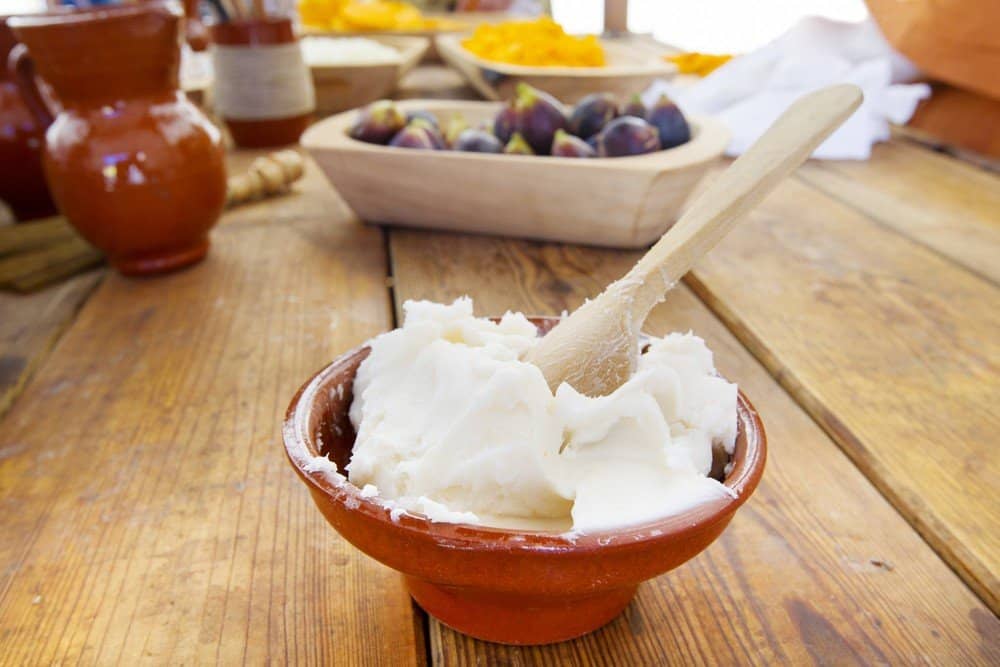
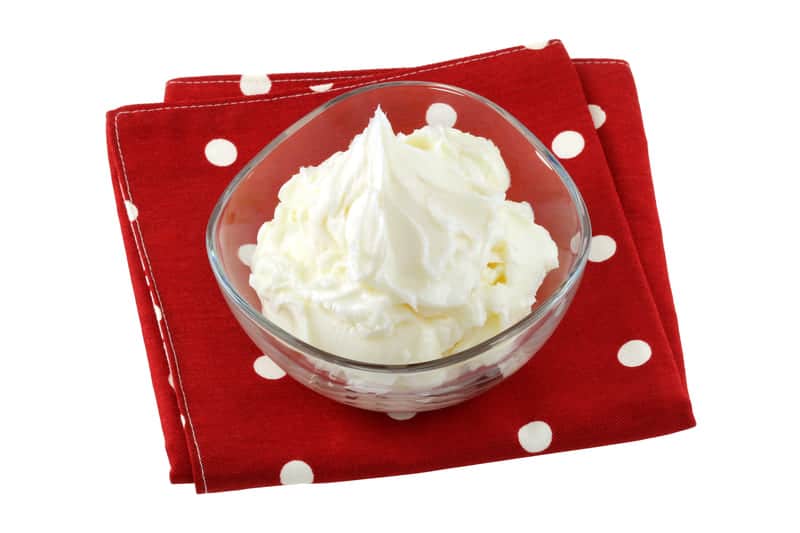
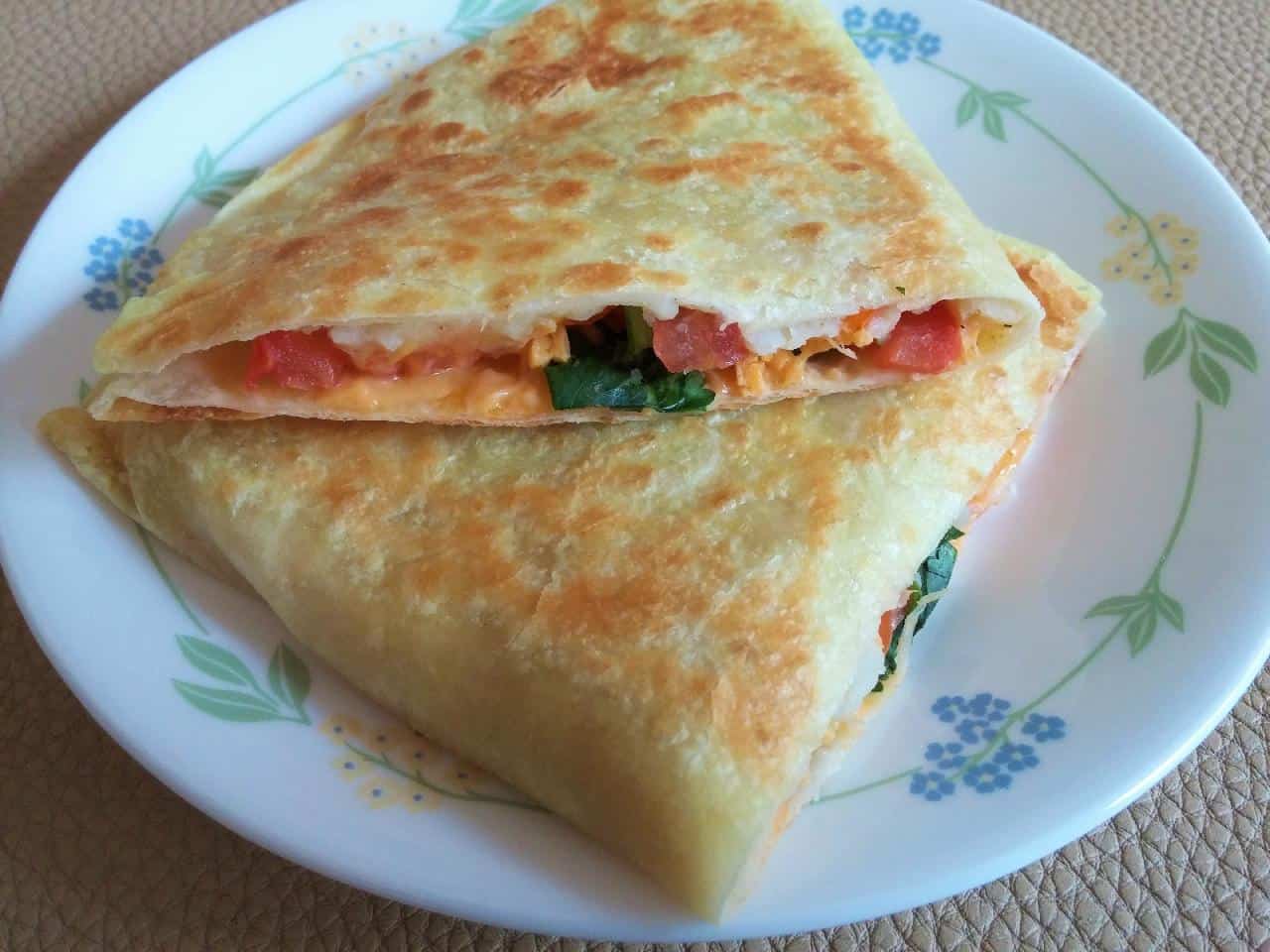
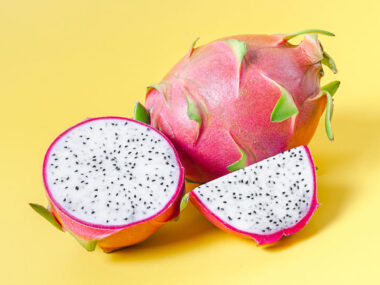
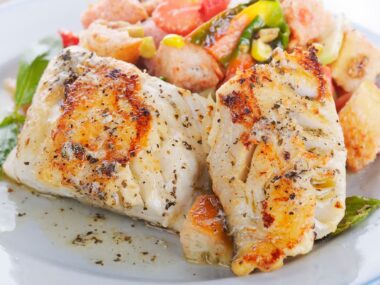
3 comments
I use lard in field meats & pie crust almost exclusively.
For biscuits, pancakes, & many seasonings I use bacon grease. Big caution on bacon grease, I use only raw nonsmoked & nonseasoned bacon. I usually buy about 3 lb. of bacon & cook it all. Strain the grease & extend the volume using lard. I store the grease in a tight lid jar. The bacon goes in a zip lock bag to use for meals & seasoning. I try to avoid processed oils. When using oils , I pretty much stay with a good olive oil.
Why do my pie crusts made with lard smoke up the house? I use Morrell snow cap lard.
I double check the tempreture you’re baking in. Lard begins to smoke at 200c or 392F. Try putting an external thermometer into your oven to get it’s exact temperature.